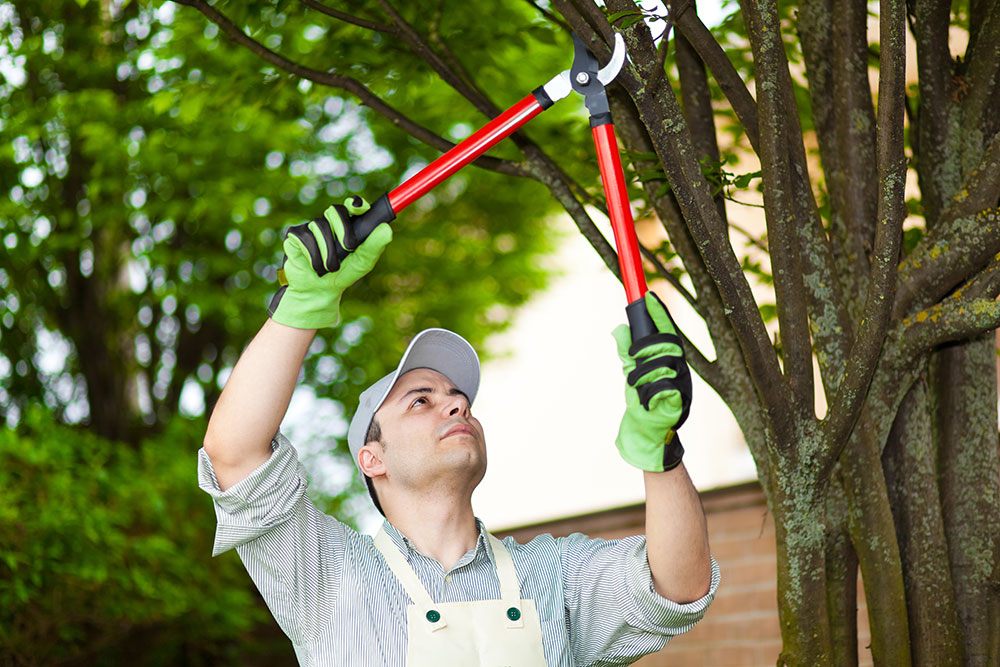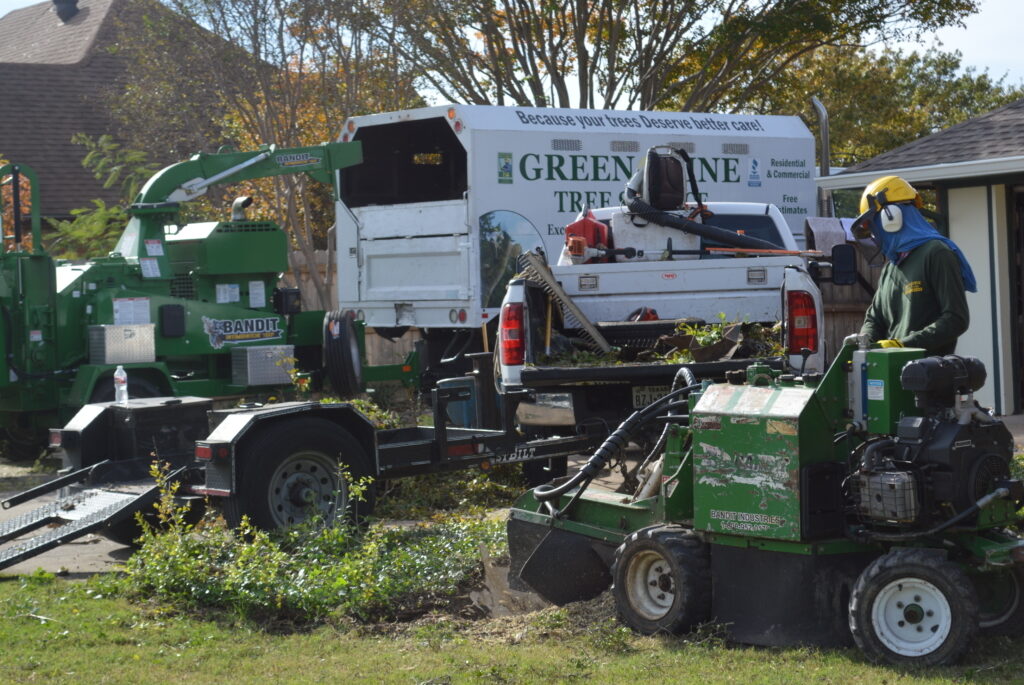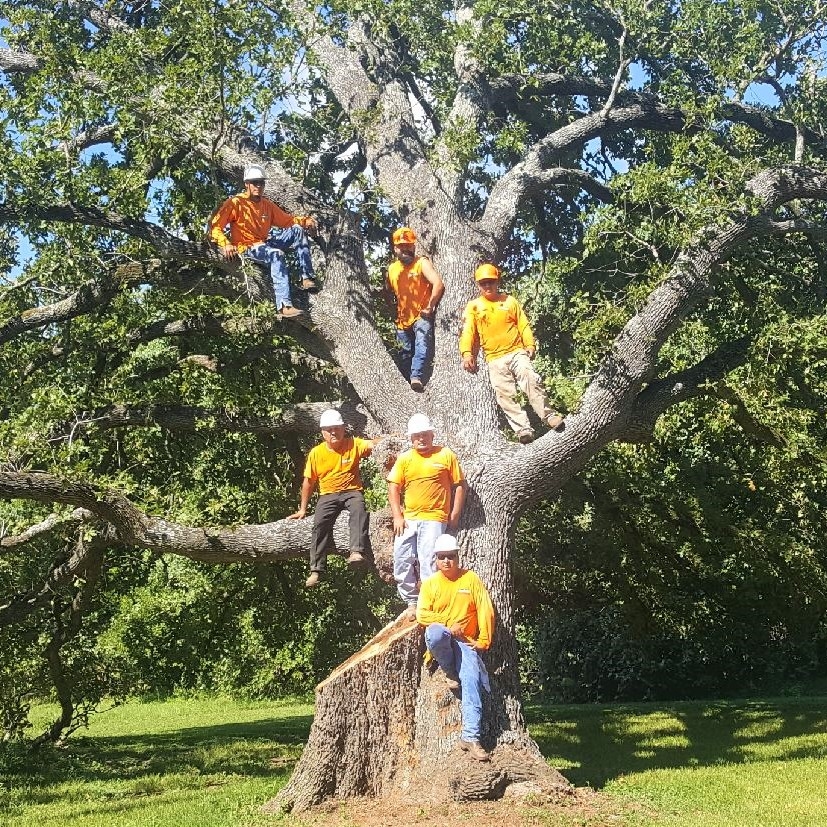Introduction
What is Tree Trimming?
Tree trimming is the practice of removing specific branches or sections of a tree to enhance its health, structure, or appearance. It’s a crucial part of tree care that keeps your trees in tip-top shape, preventing them from becoming unruly or diseased.
Why is Tree Trimming Important?
Without regular trimming, trees can develop weak branches, become too dense, or even pose safety risks. The purpose of tree trimming isn’t just about looks—it’s about maintaining the overall health and safety of the tree and the surrounding area.
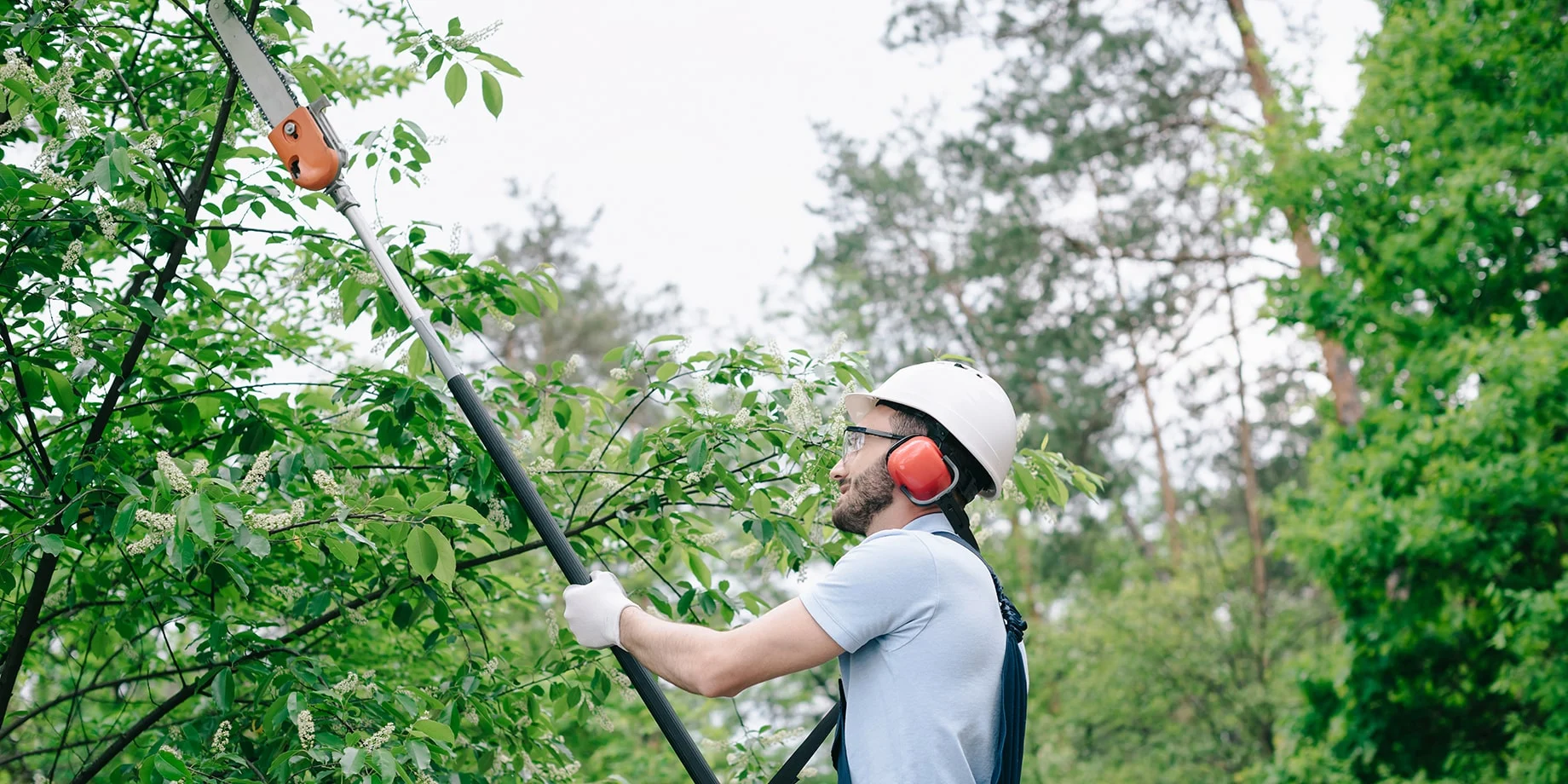
Benefits of Tree Trimming
Healthier Trees
Regular tree trimming encourages healthy growth. By removing dead or diseased branches, you allow the tree to focus its energy on thriving parts, ensuring a robust and vibrant tree for years to come.
Aesthetic Appeal
A well-trimmed tree looks polished and beautiful. Pruning allows you to shape the tree to fit your landscape design, ensuring it enhances your property rather than overshadowing it.
Increased Safety
Dead or overgrown branches can fall, posing a danger to people and property. Trimming reduces these risks, making your environment safer.
When to Trim Your Trees
Seasonal Considerations
Different seasons offer various advantages for tree trimming. For most trees, late winter or early spring is the ideal time as they are dormant, meaning they can recover quicker.
Signs Your Tree Needs Trimming
Some signs your tree might need trimming include dead branches, too much density (not enough light coming through), or branches growing too close to structures like your house or power lines.
Tools You Need for Tree Trimming
Essential Tools
You’ll need a pair of sharp pruning shears for smaller branches, a pruning saw for larger limbs, and a lopper for medium branches. For reaching tall branches, try using a pole pruner.
Safety Gear
Tree trimming can be hazardous without proper safety equipment. Always wear gloves, protective goggles, and a hard hat if working with taller trees or using power tools.
How to Trim Different Types of Trees
Trimming Deciduous Trees
Deciduous trees, which shed their leaves annually, benefit from pruning during dormancy in winter. Focus on removing deadwood and shaping the tree to promote healthy growth.
Trimming Evergreen Trees
Evergreen trees need less frequent trimming, but it’s crucial to cut back overgrown branches, especially near the bottom where they can become too dense.
Pruning Fruit Trees
For fruit trees, pruning helps improve fruit production. Late winter or early spring trimming ensures that the tree’s energy goes toward developing fruit rather than maintaining excess foliage.
Tree Trimming Techniques
Thinning
This involves removing selective branches to reduce tree density, allowing sunlight to penetrate and air to circulate.
Raising
Raising involves trimming lower branches to allow more clearance beneath the tree, ideal for trees over walkways or patios.
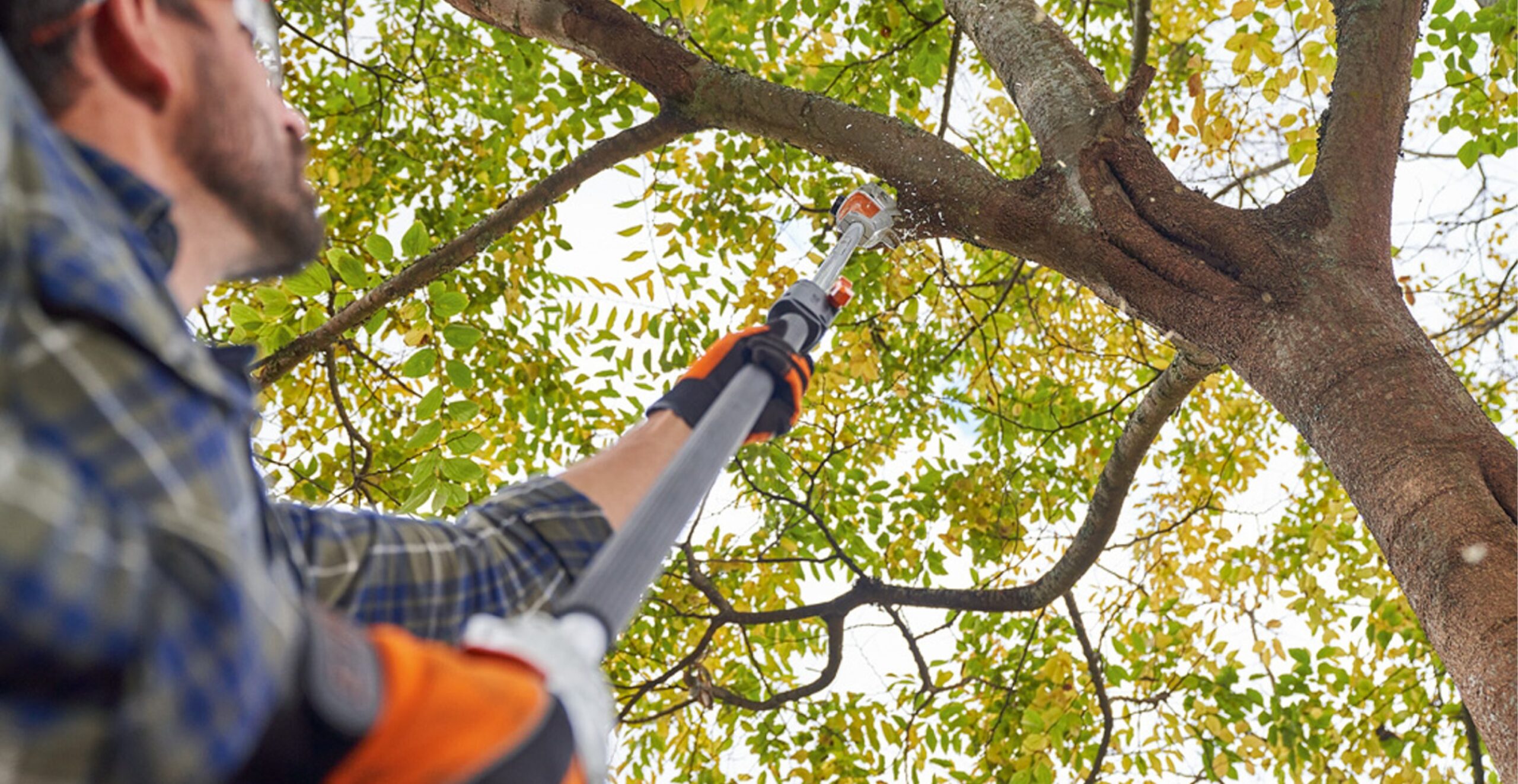
Reduction
Reduction is the technique of reducing the overall size of a tree. This is done carefully to maintain the tree’s natural shape while keeping its size in check.
Dead wooding
Dead wooding is the removal of dead branches that could fall and cause damage. It’s essential for both the tree’s health and safety.
Common Mistakes to Avoid in Tree Trimming
Topping
Topping, or cutting off the top of a tree, can be detrimental to its health and ruin its shape. Avoid this at all costs.
Over-pruning
Over-pruning can stress the tree, making it more vulnerable to diseases and pests. It’s better to prune gradually over time than to cut too much at once.
Safety Tips for Tree Trimming
Ladder Safety
If you need a ladder, make sure it’s stable and secure. Never lean it against a weak branch.
Handling Power Tools
When using chainsaws or power pruners, wear protective gear and be aware of your surroundings. These tools can be dangerous if not handled properly.
Hiring a Professional vs. DIY Trimming
When to Do It Yourself
For smaller trees and light trimming, DIY is a cost-effective and manageable option.
When to Hire a Pro
If your tree is large, close to power lines, or you’re unsure about proper techniques, hiring a professional is safer and more effective.
Environmental Impact of Tree Trimming
How Trimming Helps Your Garden Ecosystem
By trimming your trees, you’re not only keeping them healthy but also supporting the ecosystem in your garden. Better light and air circulation benefit the entire plant community.
Sustainable Trimming Practices
Always trim carefully to avoid harming wildlife, and compost the clippings when possible to return nutrients to the soil.
Cost of Tree Trimming
Factors Affecting the Cost
The cost of tree trimming varies depending on the size of the tree, its location, and how much work needs to be done.
Cost of DIY vs. Professional Service
DIY trimming can save money on labor but requires an investment in tools and safety gear. Specialized services provide expert knowledge, though they tend to be more expensive.
How Often Should You Trim Your Trees?
General Guidelines
Most trees benefit from trimming every 3-5 years, depending on their growth rate.
Tree-Specific Timelines
Some fast-growing species may need yearly attention, while slow-growers can go longer without pruning.
Aftercare for Trimmed Trees
Watering
After trimming, make sure to water the tree thoroughly, especially in dry conditions.
Fertilizing
A light application of fertilizer can help the tree recover from pruning and encourage new growth.
Mulching
Mulching helps retain moisture and protect the roots, especially after a significant trim.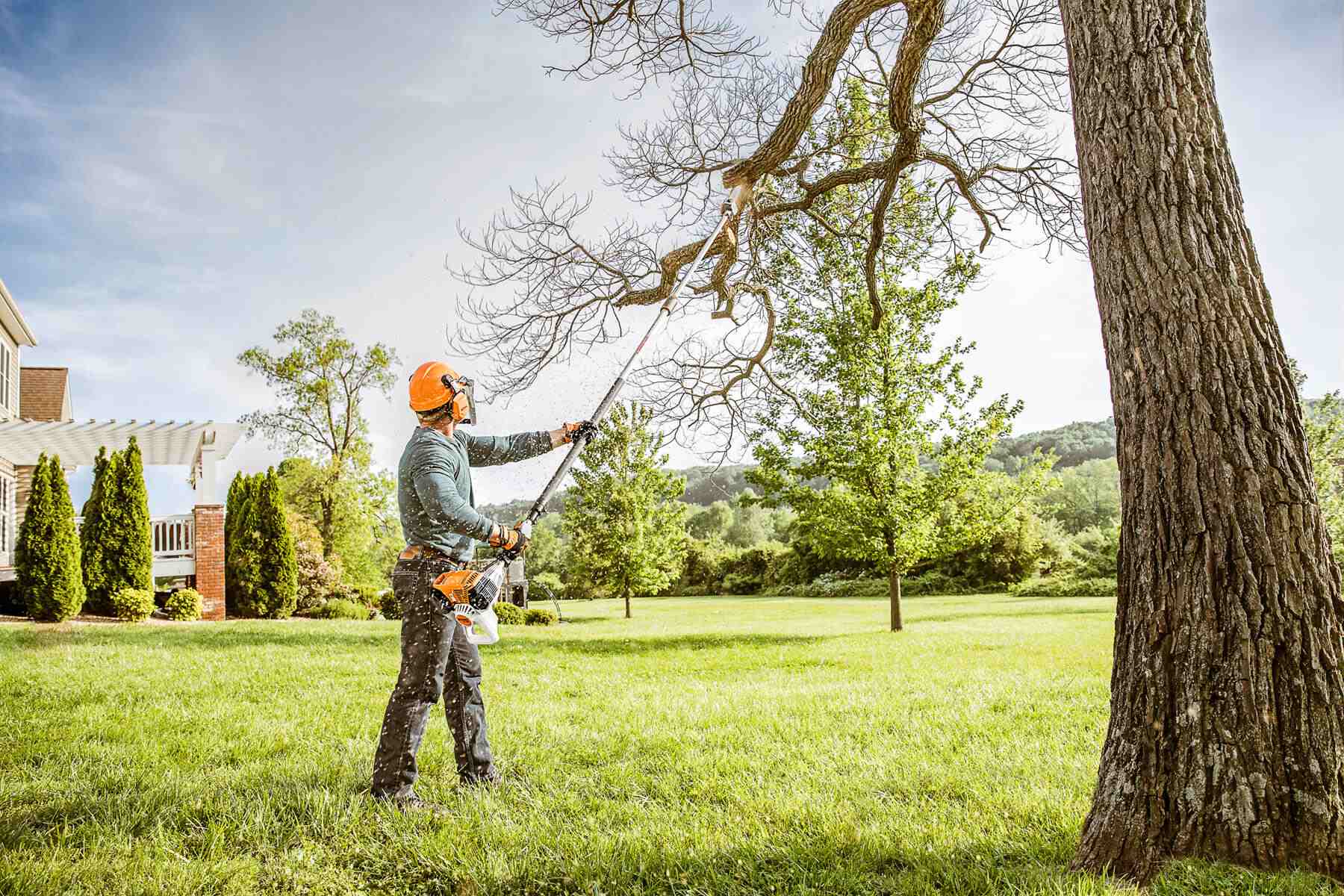
Dealing with Tree Diseases Through Trimming
Identifying Diseased Branches
Watch for discolored, brittle, or oozing branches. These are signs your tree may be infected and need to be removed.
Preventative Pruning
Regular pruning helps keep trees disease-free by allowing more airflow and reducing moisture buildup, which can cause fungal growth.
Conclusion
Tree trimming is essential to keep your trees healthy, beautiful, and safe. By understanding when and how to trim your trees, you can enhance their growth and ensure they remain a valuable part of your landscape. Whether you’re tackling it yourself or hiring a professional, following these guidelines will help your trees thrive for years to come.
